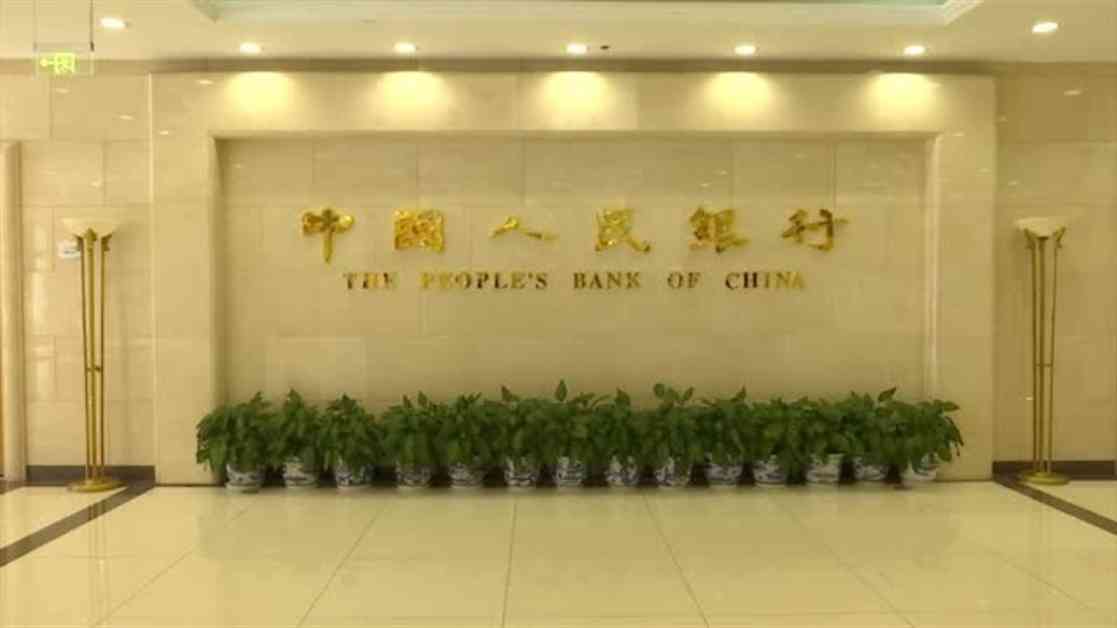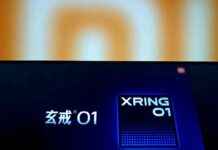The People’s Bank of China announced on the 15th of this month that the Medium-term Lending Facility (MLF) rate will remain at 2.5%. This news comes amidst expectations of no change to the rate today. Along with this announcement, China also released data on Q2 GDP and June economic activity.
The MLF rate is a crucial benchmark interest rate that allows banks in China to borrow funds from the People’s Bank of China for a period of 6 months to 1 year. This medium-term liquidity is provided to commercial banks. The rate is usually disclosed on the 15th of each month, and the interest rate on MLF loans is higher than the benchmark lending rate. This higher rate encourages banks to utilize the facility only when facing a shortage of funds. Furthermore, MLF loans are backed by collateral, which can include various assets like bonds, stocks, and other financial instruments. This collateral ensures that the People’s Bank of China can recover the funds in case of a borrower default.
The MLF rate announcement plays a significant role in setting the stage for the monthly Loan Prime Rate (LPR) setting, scheduled for the 20th. The current LPRs are as follows:
– 1-year Loan Prime Rate: 3.45%
– 5-year Loan Prime Rate: 3.95%
It is important to note that the 5-year LPR was reduced in February, marking the People’s Bank of China’s most substantial cut to this rate. The 5-year LPR serves as a benchmark for mortgage rates in China, and the decision to cut it was driven by the need to support the struggling property sector.
Overall, the maintenance of the MLF rate at 2.5% indicates stability in the lending environment in China. This, coupled with the upcoming LPR setting, will have implications for borrowing costs and economic activity in the country. The decisions made by the People’s Bank of China regarding these rates reflect their efforts to balance economic growth and financial stability.
















